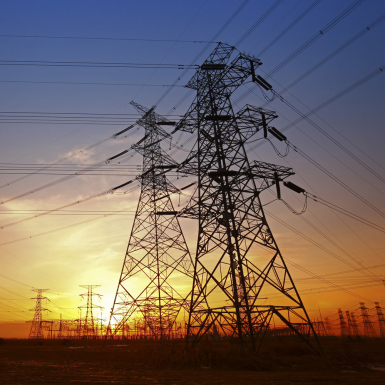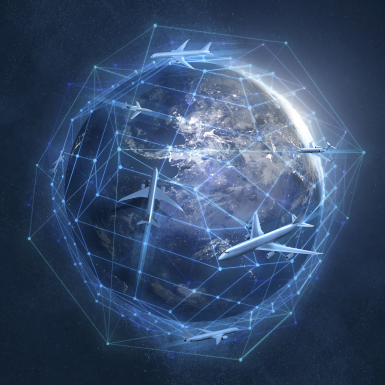In the upcoming Announcement of Opportunity economic operators are invited to propose a Demonstration Project addressing the theme of Space for Resilient Utilities. This new opportunity originates from the ARTES 4.0 Strategic Programme Line “Space Systems for Safety and Security (4S)“.
This Call for Opportunity is based on a two-step approach:





